The Iconic Dish from K-Dramas: Noodles in Black Bean Sauce
Noodles in Black Bean Sauce feature thick Chinese noodles topped with a sauce made by Stir-Frying Chunjang (Sweet Bean Sauce), onions, cabbage, and meat in oil. Originating from Chinese Black Bean Sauce Noodles, this dish was adapted in Korea by infusing sweetness into the Chunjang, creating a flavor tailored to Korean palates. Noodles in Black Bean Sauce is a popular choice when dining out for Koreans and have garnered significant attention from foreigners, thanks to their prominence in K-Dramas. The dish’s initially unfamiliar black sauce surprises many with its distinct savory taste and the rich oiliness of Chunjang, frequently captivating the curiosity of newcomers. Recently, due to the active participation of Mukbang (online broadcasts of people eating food) YouTubers – an originally Korean term now embraced worldwide – foreigners are purchasing Korean Noodles in Black Bean Sauce Ramyeon to savor themselves. In Korea, this dish comes in diverse forms: from the classic version with sauce over cooked noodles to Noodles in Thick Black Bean Sauce, where the sauce and noodles are served separately, with the sauce stir-fried without moisture in oil. Variants include Premium Noodles in Black Bean Sauce with Seafood and Jumbo Noodles in Black Bean Sauce presented on large platters. Among these, Noodles in Thick Black Bean Sauce, cherished by Koreans, combines a thick sauce with crisp vegetables and chewy, soft noodles.
Places that Serve Excellent Noodles in Black Bean Sauce are highly sought after by both locals and tourists alike, as this iconic Korean dish continues to captivate the hearts and taste buds of food enthusiasts worldwide.


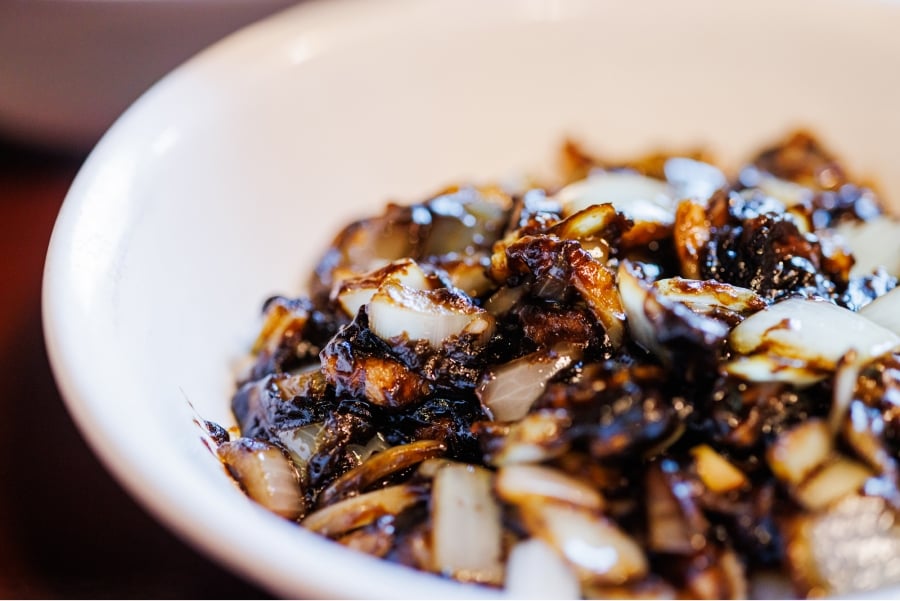
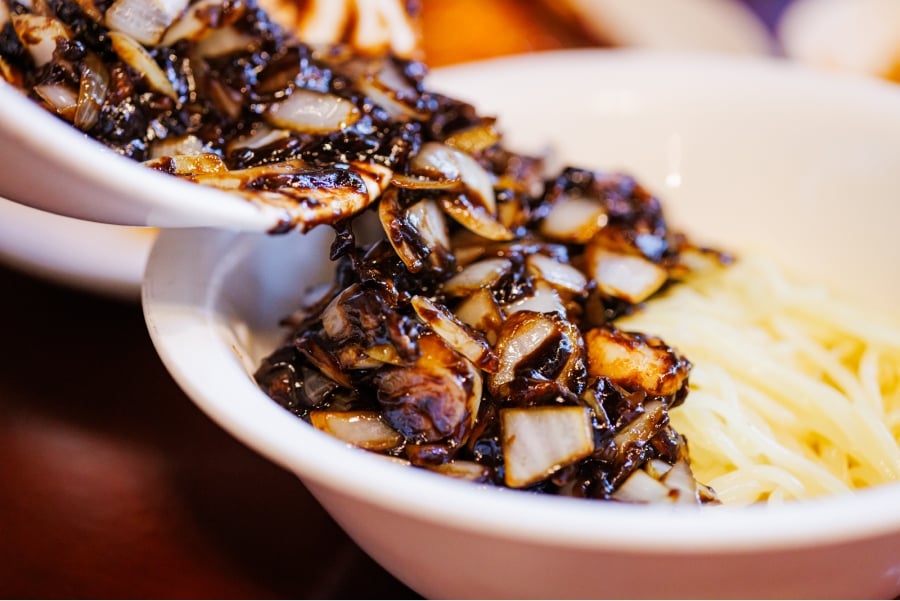

Originated from U.S. Military Influence: Sausage Jjigae
Sausage Jjigae is a Korean dish created using ingredients such as ham, sausages, bacon, American-style canned beans, Kimchi, and red chili paste. The first establishment known for selling Sausage Jjigae is “Odeng Sikdang” in Uijeongbu-si, Gyeonggi-do. Odeng Sikdang, which operates many directly managed stores now, originally started as a street food and liquor stall. Uijeongbu-si was an area where the U.S. military base was stationed from 1951 to 1954. Nearby soldiers brought imported ingredients like ham, sausages, and canned goods, inspiring the owner to create a side dish, leading to the
birth of Sausage Jjigae. This dish is known in two primary styles: Uijeongbu Sausage jjigae and Songtan Sausage Jjigae from Pyeongtaek-si, Gyeonggi-do. Both Uijeongbu and Pyeongtaek had U.S. military bases, which led to the creation of distinctive and unique flavors for Sausage Jjigae in each region. Uijeongbu-style boasts a clean taste using clear broth, while Songtan-style incorporates ox bone broth, tomato sauce, and baked beans, offering a richer flavor profile. Recently, Sausage Jjigae has gained popularity among Americans, with one individual on social media X referring to it as “The soul food that Americans seek.” This dish was ranked 9th in CNN Travel’s “Korean Food: 39 Dishes We Can’t Live Without.”
Places that Serve Excellent Sausage Jjigae have become highly sought-after destinations for both locals and international visitors, as this unique fusion dish continues to captivate the taste buds of food enthusiasts worldwide.
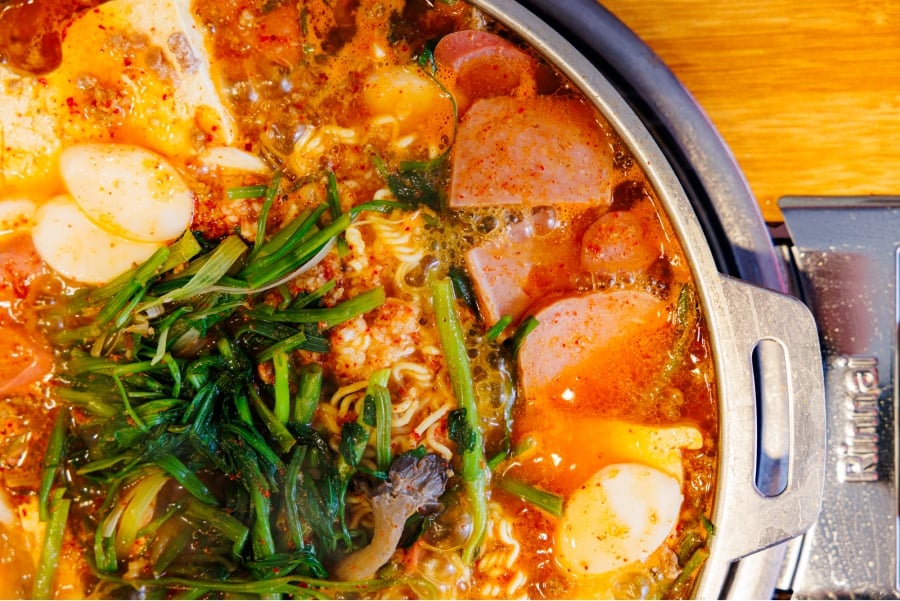
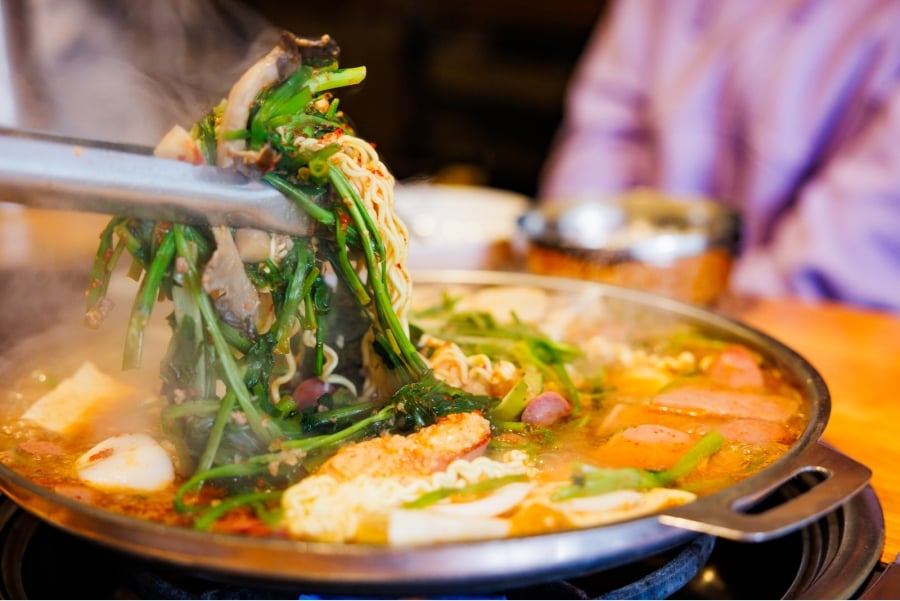
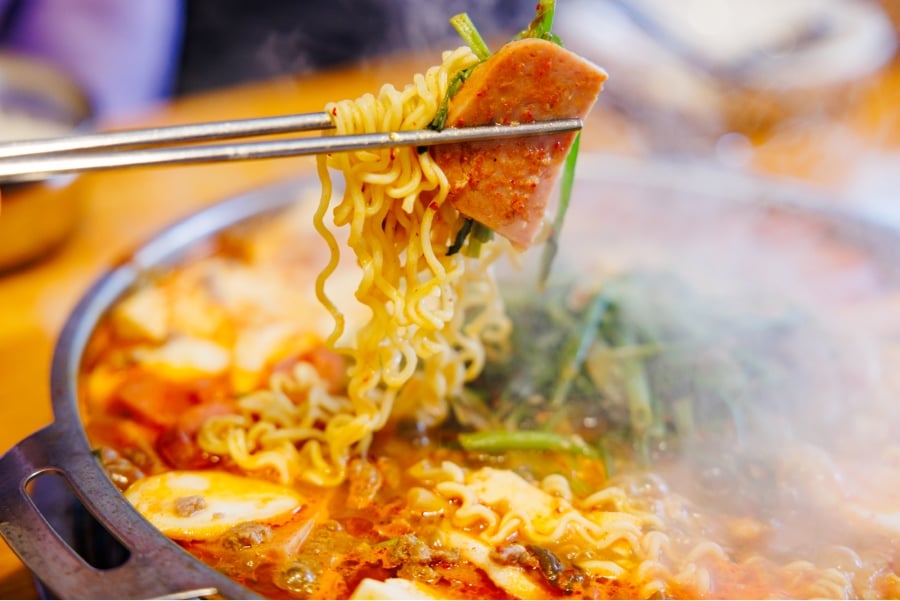
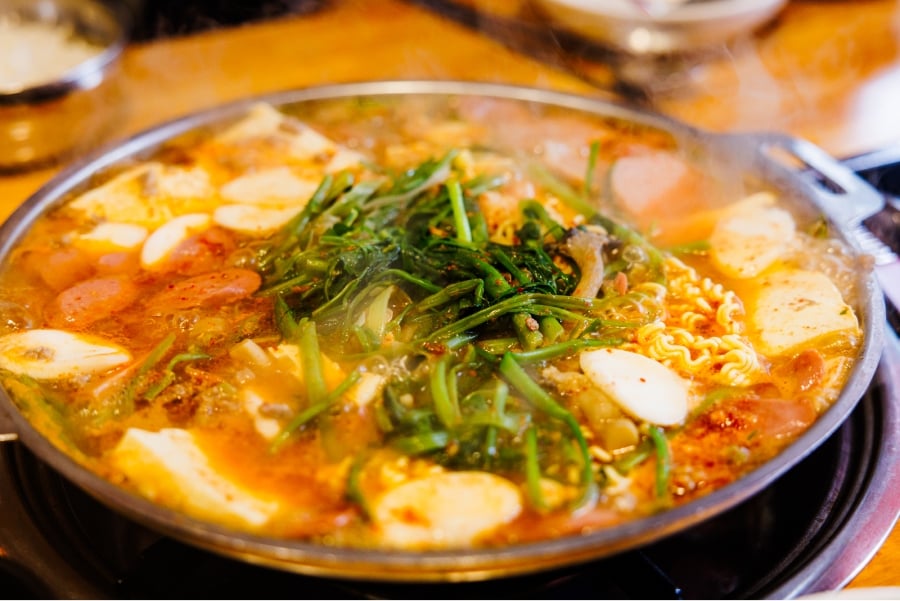
Irresistible Carb Pulling Flavors atop Steamed White Rice: Soy Sauce Marinated Crab
Soy Sauce Marinated Crab involves marinating fresh crabs in a blend of soy sauce, onions, garlic, chili, and various seasonings, creating a delectable side dish that pairs remarkably well with rice. Fondly termed “Bap-Doduk (Rice Thief),” it describes how quickly the subtly sweet rice vanishes when enjoyed with these savory Soy Sauce Marinated Crab. Koreans often enhance the experience by wrapping the crab meat in laver or seaweed, while some prefer mixing the crab intestine and sesame oil into the rice for added flavor. Soy Sauce Marinated Crab, crafted from aged raw crabs and their intestines, topped a survey conducted by Cosmojin Travel Agency in 2016, labeling it as the “Most Challenging Korean Dish” among 782 foreign tourists visiting Korea. However, it has since transformed into an exotic and delectable Korean delicacy widely appreciated by many. Particularly adored by the Japanese, Soy Sauce Marinated Crab frequently appear in TV programs, prompting tourists planning a trip to Korea to include visits to renowned restaurants specializing in this dish. Notably, esteemed Japanese filmmaker Koreeda Hirokazu attracted attention by sharing a photo of himself relishing Soy Sauce Marinated Crabs during his visit to Korea. While this dish commands higher prices in foreign markets like Japan, it remains relatively affordable in Korea, earning its status as a must-try for visitors to the country.
Places that Serve Excellent Soy Sauce Marinated Crab have become highly sought-after destinations for both locals and international visitors, as this unique and flavorful Korean delicacy continues to captivate the taste buds of food enthusiasts worldwide.


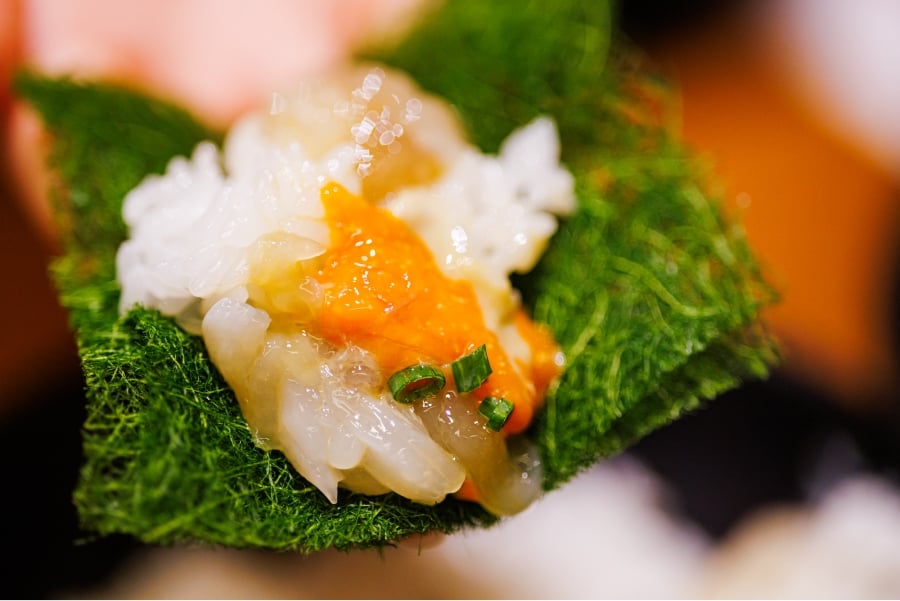

The Milk of the Sea, Full of Nutrients: Oyster Dishes
Oysters, acclaimed for their abundance of essential amino acids and calcium, have earned the nickname “Milk of the Sea” owing to their worldwide reputation as a beloved seafood delicacy. In Korea, their peak freshness is typically experienced from late October onward. Oysters can be enjoyed raw as
is, grilled, or steamed. Whether served with red chili paste, sliced garlic, chili pepper, or a spritz of lemon juice, carefully prepared fresh oysters reveal their genuine and delightful savory sweetness. Grilled Oysters wrapped in foil boast a chewier texture compared to other Oyster Dishes and offer the fun of cracking open the shell to enjoy. In many foreign countries, Oysters are considered a premium ingredient, reaching tens of thousands of KRW for just a few pieces. However, Korea’s favorable climate and extensive Oyster farming allow them to be more readily available at reasonable prices. Alberto, an Italian entertainer, expressed surprise on the Korean TV show at the affordability of Oysters in Korea. Their freshness and affordability in Korea enable them to star in an array of delightful dishes, including Oyster and Rice Soup, Pan-Fried Battered Oyster, Salted Oysters, Raw Oyster Salad, Oyster Rice, Kimchi Cabbage Wraps with Pork and Oysters, and Spicy Seafood Noodle Soup with Oysters.
Places that Serve Excellent Oyster Dishes have become highly sought-after destinations for both locals and international visitors, as these nutrient-rich and versatile seafood delicacies continue to captivate the taste buds of food enthusiasts worldwide.

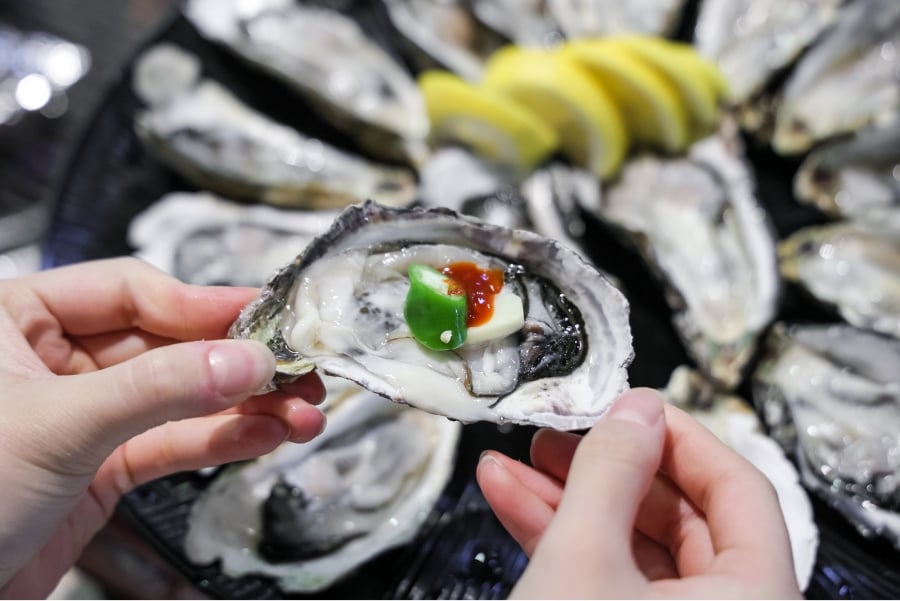

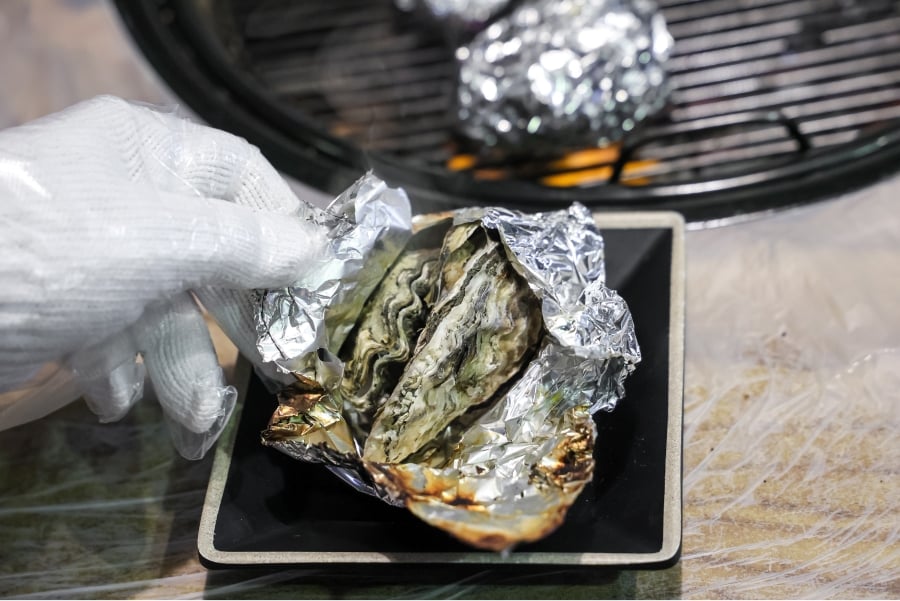
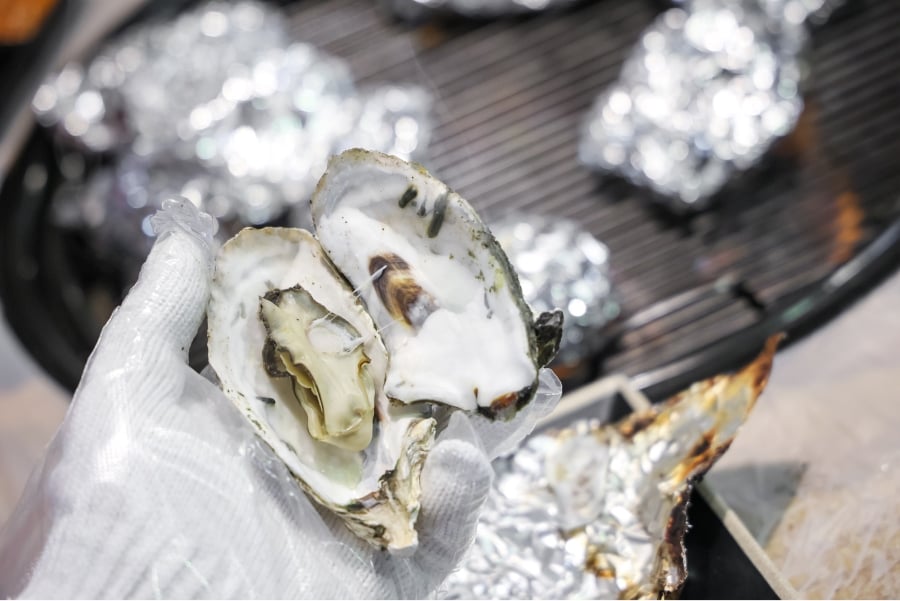
In conclusion, these four iconic Korean dishes – Noodles in Black Bean Sauce, Sausage Jjigae, Soy Sauce Marinated Crab, and Oyster Dishes – have captivated the hearts and taste buds of food enthusiasts around the world. From their unique origins to their diverse flavors and preparations, each dish
offers a delectable and unforgettable culinary experience that showcases the rich and dynamic culinary heritage of Korea. Whether you’re a local or a visitor, these dishes are must-try delicacies that will leave a lasting impression on your palate.

